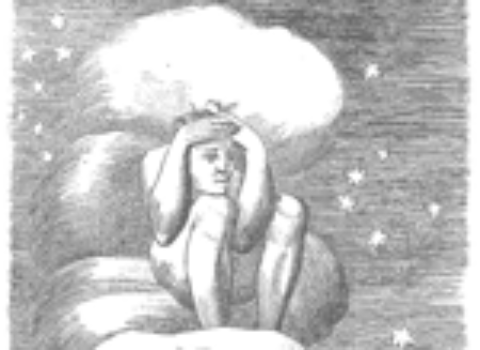From hypothetical situations imagined by U.S. Supreme Court justices during oral arguments presented in the 2013 term. Compiled by Viviane Fairbank.
A person walks in front of a political opponent’s house, carrying a big sign that says murderer. When questioned, the sign holder answers that the opponent voted for legislation leading to the deaths of many cats.
Chocolate bars distributed to children on Halloween are determined to be toxic because of their poisonous effect on dogs.
A police officer dressed in a clown suit goes on the stand and honestly admits to corruption.
Two students walk into the admissions committee at a university whose dean is “dead against” affirmative action, and are asked if they want to talk about their race. If they answer yes, they are shown the door and told to raise $5 million.
A group of three assailants independently and simultaneously attack a victim to death, and a doctor testifies that no individual assailant is responsible.
A police officer, warned by an anonymous tipster of people throwing bombs out of their car window every 500 yards, is required to follow the car and wait for the next bomb to be thrown before making an arrest.
A man named Mr. Straw creates a website and puts an advertisement in the Yellow Pages under “Straw Man,” and another man then asks Mr. Straw to buy a gun for him.
An “old-school guy” with no cell phone is arrested, and police use the important photos in his billfold as evidence against him.
A “not-too-bright” man named Mr. Crook, with $32, writes a check for $5,000 to a “not-genius” man named Mr. Smith, whom he asks to give him $200 back.
Thomas Edison’s patent of the lightbulb leaves open the possibility of illumination by chewing gum.



